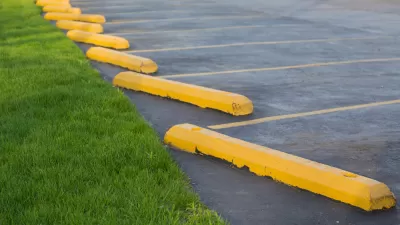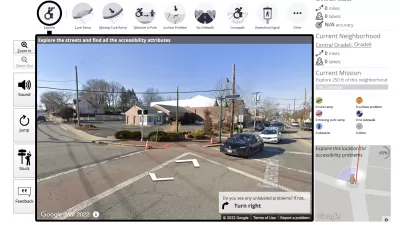Professor Richard Morill of the University of Washington maps population growth over the past seven years, which shows a continuing pattern of movement towards large metropolitan regions.
"The big growth areas are concentrated in Texas (Houston, Dallas-Fort Worth, San Antonio, Austin), greater Atlanta, North Carolina (Charlotte-Raleigh), most of Florida, the Virginia and Maryland suburbs of Washington-Baltimore, the desert Southwest (Riverside-San Bernardino, Las Vegas, Phoenix, Tucson). Substantial exurban or spillover growth was common, with the Bay Area extending into California Central Valley, in far exurban New York and Pennsylvania as well as in largely once rural counties around such places as Salt Lake City, Denver, Portland, Seattle, Minneapolis, Chicago, Kansas City, Nashville, Indianapolis and Columbus.
Many smaller metropolitan areas grew, especially in the south and west. Many counties with universities appear to have also grown, notably in the South. Many rural or small-town counties with substantial growth boasted environmental amenities and a strong ‘quality of life' appeal."
FULL STORY: Restless Americans: Migration and Population Change, 2000-2007

Manufactured Crisis: Losing the Nation’s Largest Source of Unsubsidized Affordable Housing
Manufactured housing communities have long been an affordable housing option for millions of people living in the U.S., but that affordability is disappearing rapidly. How did we get here?

Americans May Be Stuck — But Why?
Americans are moving a lot less than they once did, and that is a problem. While Yoni Applebaum, in his highly-publicized article Stuck, gets the reasons badly wrong, it's still important to ask: why are we moving so much less than before?

Research Shows More Roads = More Driving
A national study shows, once again, that increasing road supply induces additional vehicle travel, particularly over the long run.

Judge Halts Enforcement of Anti-Homeless Laws in Grants Pass
The Oregon city will be barred from enforcing two ordinances that prosecute unhoused residents until it increases capacity and accessibility at designated camping sites.

Advancing Sustainability in Los Angeles County Schools
The Los Angeles County Office of Education’s Green Schools Symposium brings together educators, students, and experts to advance sustainability in schools through innovative design, climate resilience strategies, and collaborative learning.

Using Old Oil and Gas Wells for Green Energy Storage
Penn State researchers have found that repurposing abandoned oil and gas wells for geothermal-assisted compressed-air energy storage can boost efficiency, reduce environmental risks, and support clean energy and job transitions.
Urban Design for Planners 1: Software Tools
This six-course series explores essential urban design concepts using open source software and equips planners with the tools they need to participate fully in the urban design process.
Planning for Universal Design
Learn the tools for implementing Universal Design in planning regulations.
City of Moreno Valley
Institute for Housing and Urban Development Studies (IHS)
City of Grandview
Harvard GSD Executive Education
NYU Wagner Graduate School of Public Service
City of Cambridge, Maryland
Newport County Development Council: Connect Greater Newport





























